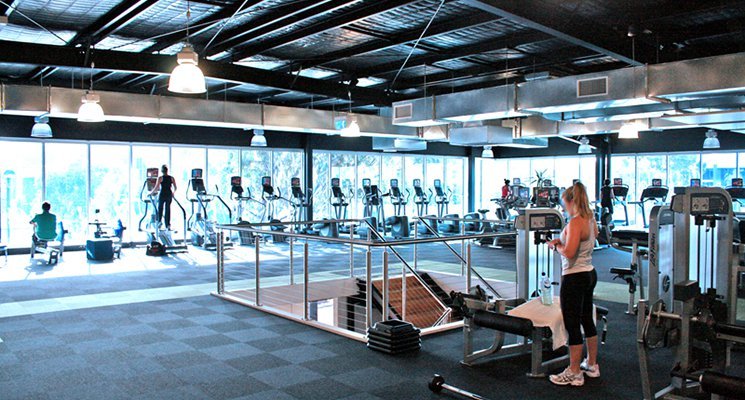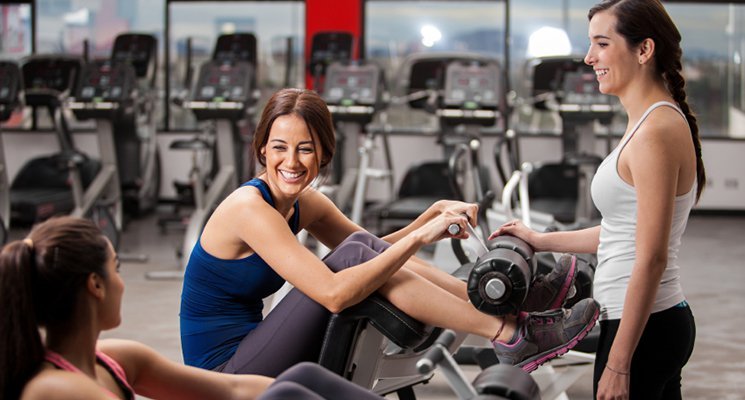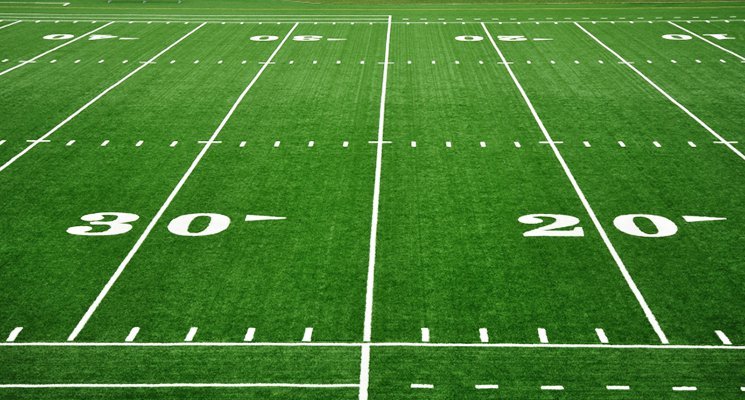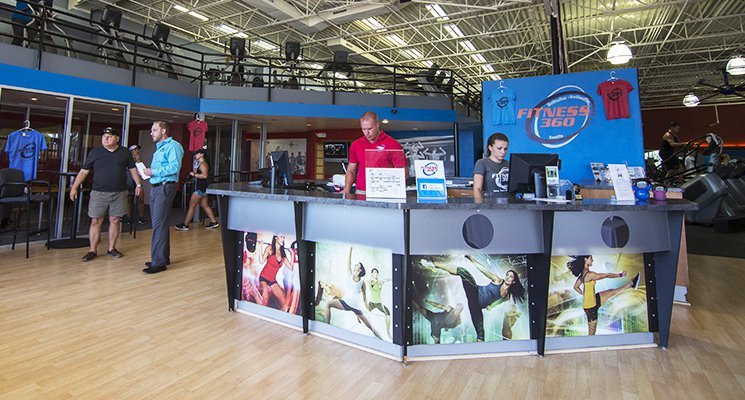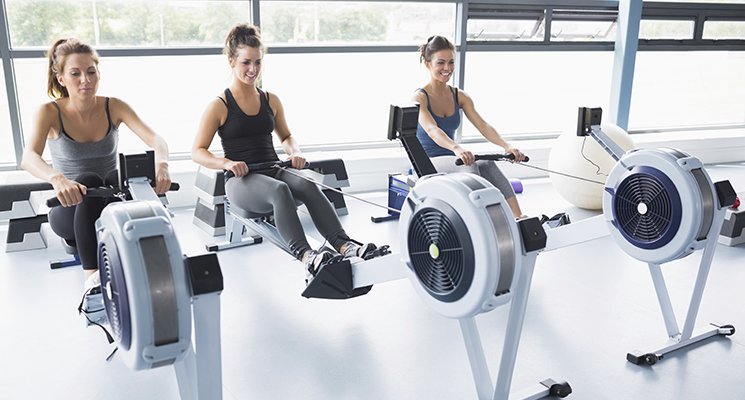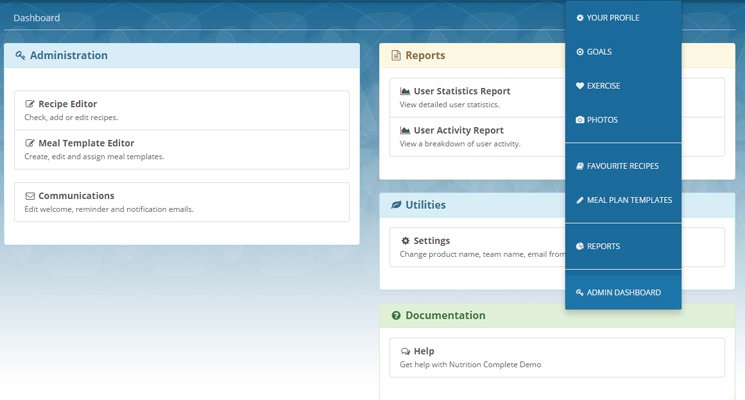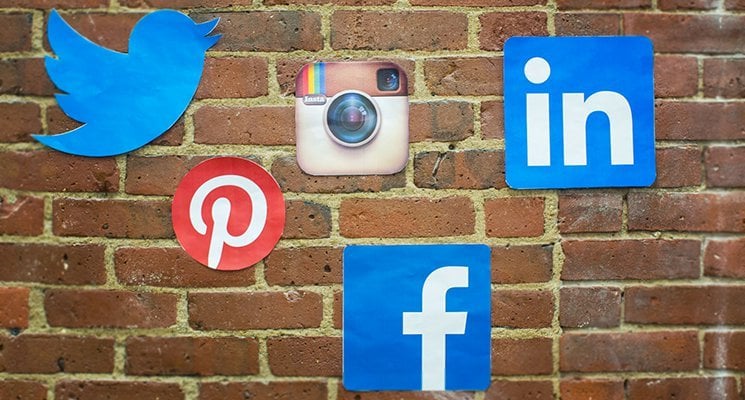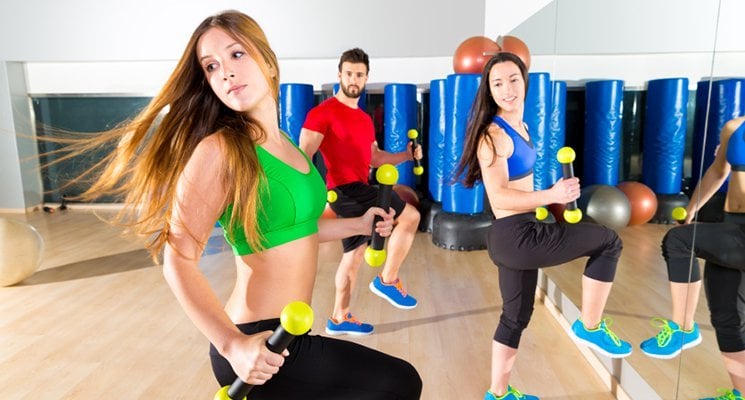So you want to grow your fitness facility but you’re not sure how to do it. The answer might be staring you in the face — literally, if you’re reading this on a computer or other device. The best way to grow your business? Find a software solution that’s going to help you do so.
The right software solution can take your business to the next level in a number of ways. First and most obviously, a good software solution helps you store your key business and client information and access it whenever you need it, from any kind of device. If you’re relying on spreadsheets to track your key financial and client information, you’re quickly going to find yourself overwhelmed — or at least less efficient than you could be. With a business software solution storing your most important data for you, you have the capacity to instantly and easily find whatever information you need. Instant, easy access to crucial information equals a smarter, faster, bigger business.
Moreover, a business software solution allows you to run reports and perform functions that spreadsheets simply can’t do. Imagine seamlessly producing reports that allow you to ensure all of your books are reconciled, analyze your membership base, monitor member attendance, track referral sources, determine your most popular sessions, pin down your busiest time of day, identify underperforming classes, and run a range of financial and point-of-sale reports that highlight opportunities for business growth. For starters. And, again, all at your fingertips, with such reports available from any device at any moment. How much more smoothly would your business run? How much more quickly would you be able to develop ideas for growth?
Of course, the right business software solution also will help you with your marketing needs. For one thing, it will enhance your website by allowing you to embed key tools and features. Embedded class schedule, anyone? Also, customizable automations can help you reach out to students who failed to join your gym after signing up for a trial membership, or supply visitors to your website with key marketing materials when they click a “request more information button.”
Another way your software solution will help you grow is by making it easy for your clients to pay you. All well and good, you say, but how does this lead to growth? Essentially, if paying you requires effort — even slight effort — your clients will be more likely to cancel their membership. Think about it: Each month, they have to make a choice about whether to remain with your club or find another one (or quit club memberships altogether). On the other hand, if payments are automatic, there’s no monthly decision point. There’s no opportunity for your clients to — consciously or unconsciously — reevaluate the benefits gained at the cost of their membership. So what’s another thing a great business software solution will provide you with? An affordable payment processing option. Looking for the right one means finding one that makes it easy for you to make it easy for your students to pay.
All in all, investing in a software solution, or shopping around for one better than the one you already use, just makes good business sense. The more smoothly your operations run, the more time, effort, and resources you can devote to growing your business. Get that software solution going today.




